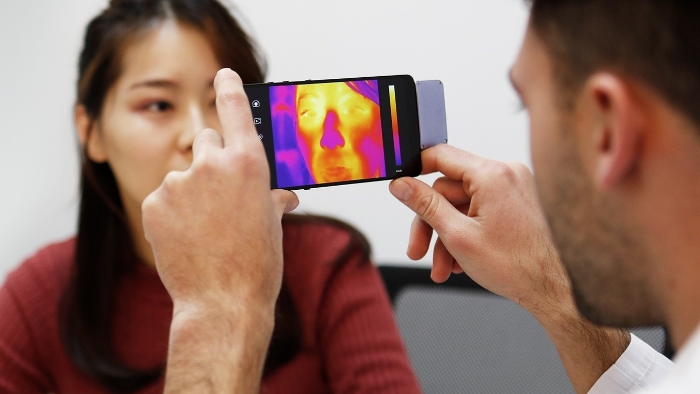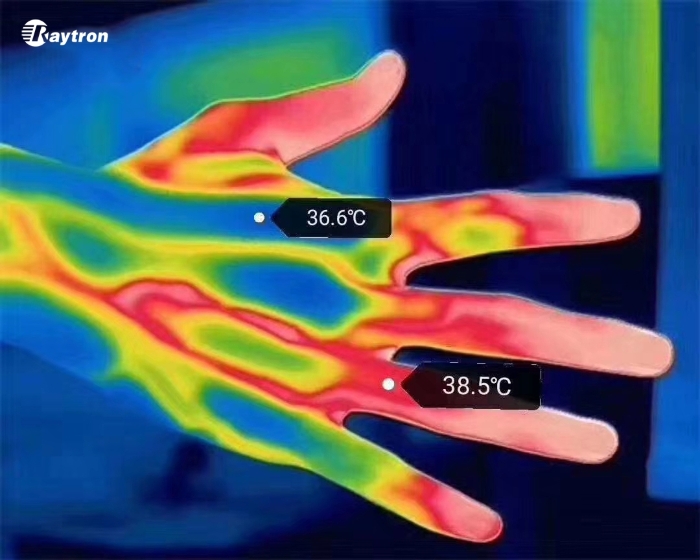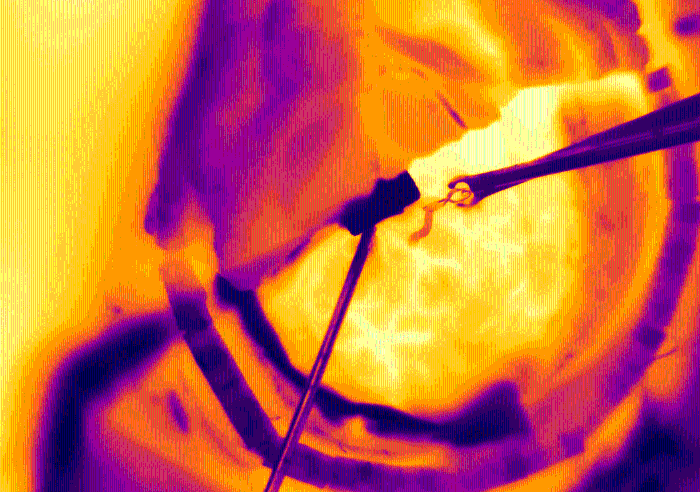Infrared thermal imaging, once primarily used in industrial and security applications, is now gaining momentum in the medical field. This innovative technology offers a non-invasive, radiation-free way to detect various physiological conditions. Its ability to visualize temperature variations across the body makes it an excellent tool for medical diagnosis, especially in areas where traditional methods like MRI or CT scans may be less effective.
The Science Behind Infrared Thermal Imaging
Infrared thermal imaging operates by detecting infrared radiation emitted by the body. The human body naturally emits infrared waves, which vary depending on body temperature. Abnormalities, such as infections or tumors, can cause localized temperature changes, which are easily captured by thermal cameras. Unlike traditional diagnostic tools, infrared imaging does not rely on harmful radiation, making it a safer option for frequent monitoring.

Key Applications in Medical Diagnosis
Infrared Thermal Imaging in Cancer Detection
One of the most promising applications of infrared thermal imaging is in the early detection of breast cancer. Research has shown that tumors often produce more heat than surrounding tissues, a phenomenon that thermal cameras can capture. By detecting subtle temperature differences, this technology helps identify potential malignancies without the need for invasive procedures.
Cardiovascular Monitoring
Infrared thermal imaging is also valuable in cardiovascular diagnostics. For instance, it can detect temperature changes linked to blood flow issues, such as peripheral artery disease or deep vein thrombosis. This non-invasive method allows for regular monitoring of high-risk patients, reducing the need for more costly and invasive tests.

A Non-Invasive Alternative to Traditional Diagnostic Tools
One of the major advantages of infrared thermal imaging is its non-invasive nature. While traditional imaging techniques like ultrasound, MRI, or X-rays have their place in medical diagnostics, they also come with certain risks—especially radiation exposure. In contrast, infrared thermal cameras do not emit radiation, making them safer for routine use. Moreover, the equipment is portable and cost-effective, making it accessible to a wider range of healthcare providers.
Integration with Modern Medical Systems
Thermal imaging systems can easily be integrated into modern healthcare settings. They offer real-time data that is useful in various diagnostic applications. For example, during brain surgery, thermal cameras can help monitor the patient's condition by visualizing blood flow and tissue viability. In post-surgical care, they can also detect complications such as infections, which present as localized increases in skin temperature.

The Future of Infrared Thermal Imaging in Healthcare
The future of infrared thermal imaging in medicine looks promising. As this technology continues to evolve, it will likely expand into other medical areas such as sports injury monitoring, pain management, and even mental health diagnostics. The ability to visualize physiological changes non-invasively will undoubtedly improve patient care while reducing the risks associated with more invasive procedures.